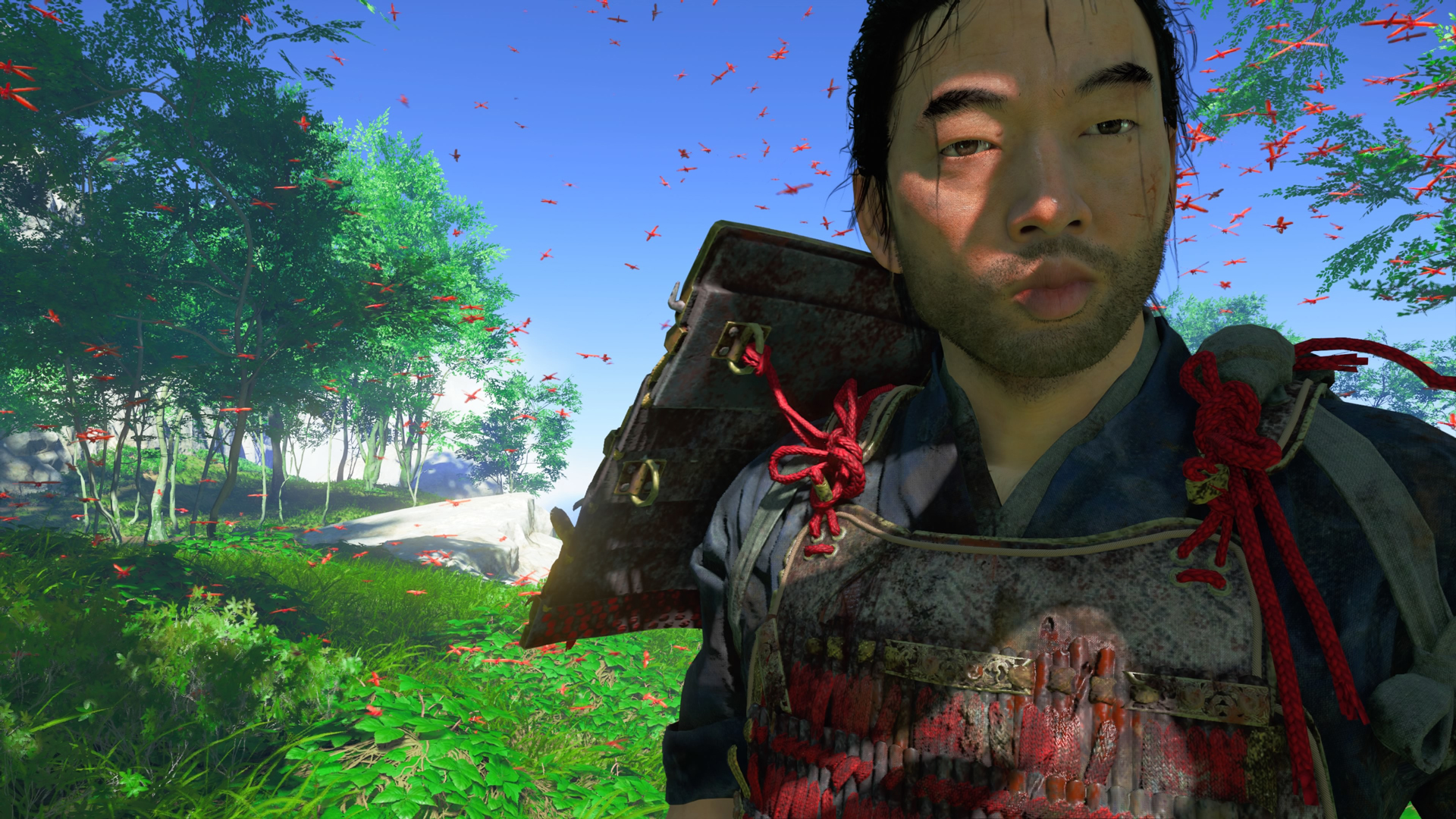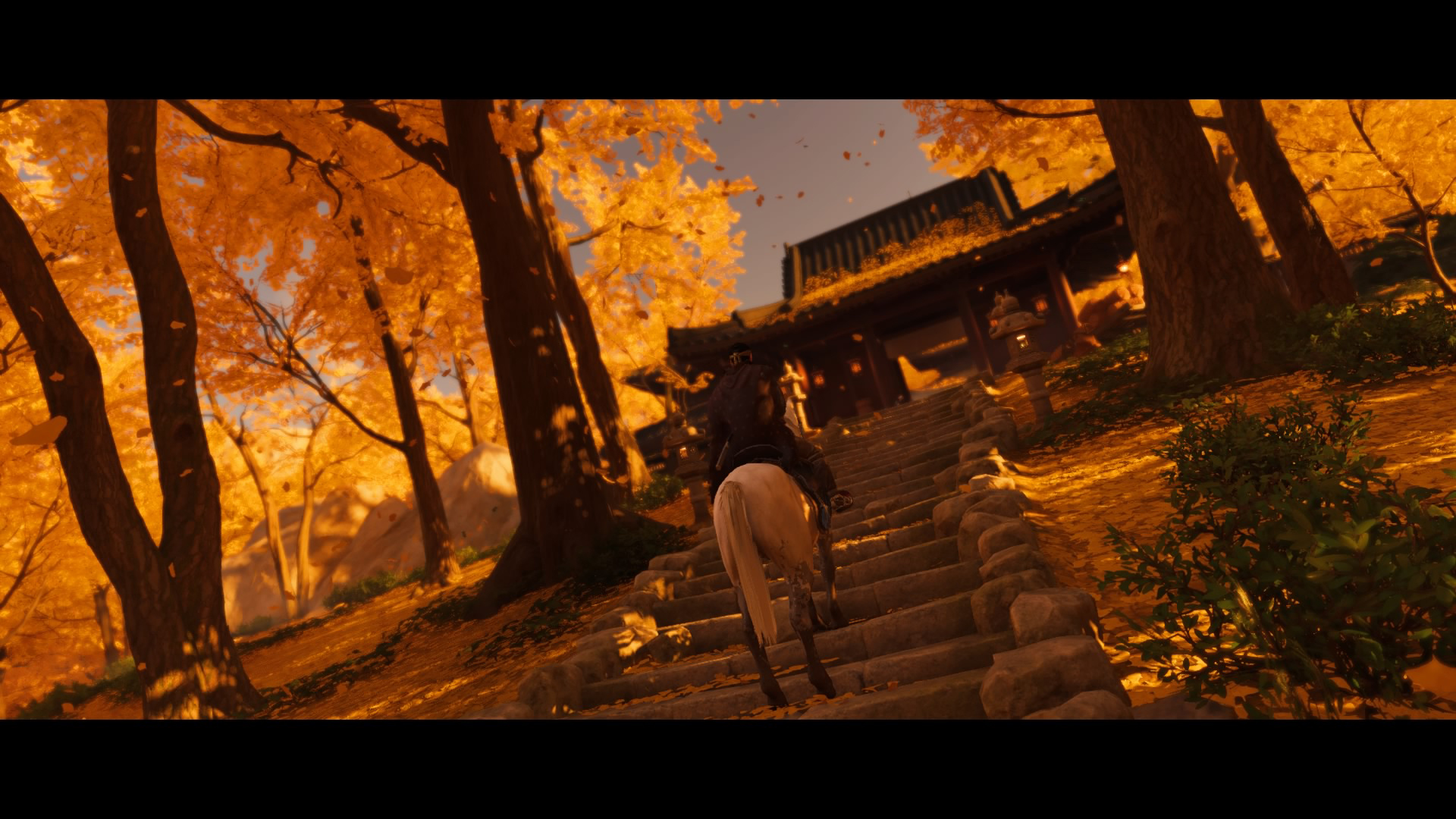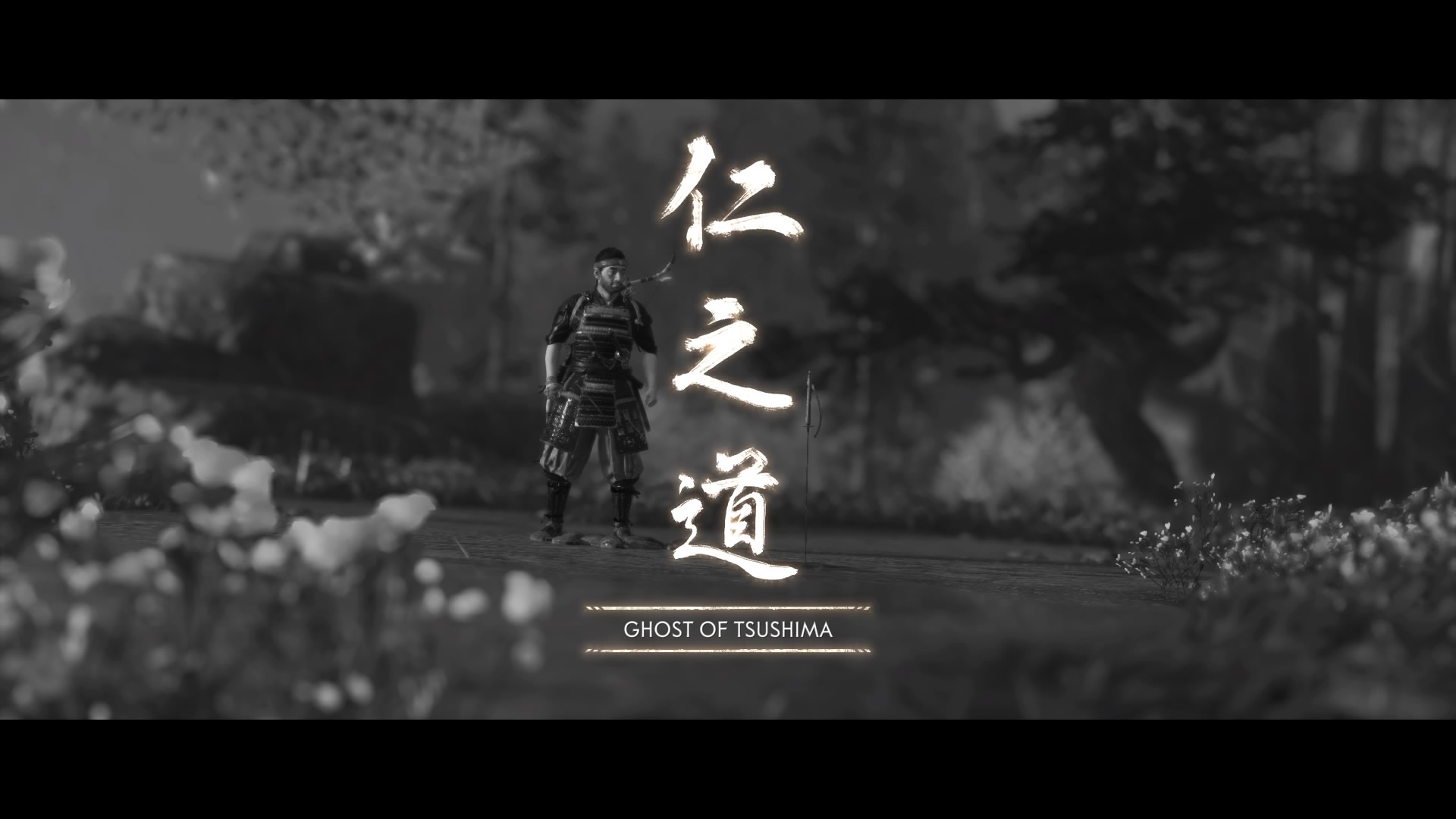
The Ghost of Tsushima Photo Mode will make professional photographers of us yet. While we might not be able to witness the beauty of 13th Century feudal Japan for ourselves, for obvious reasons, perhaps this is the next best thing. Sucker Punch has created one of the best looking games of the generation, a claim that becomes crystalised once you begin interacting with this world through the lens of a camera rather than the tip of your sword. The beauty of nature untamed is easily captured in Ghost of Tsushima Photo Mode.
It's incredible, really, to see how far the system has come in just six years. I use that boundary of time as a measurement, because 2014's Infamous: Second Son was an early indicator of just how pervasive the system would prove to be this generation. "Second Son was one of the first games [on PS4] to have a Photo Mode. It was such a cool addition; people really liked it," recalls Jason Connell, creative and art director at Sucker Punch. "We had a Photo Mode content when the game launched and I remember thinking, 'Oh my god, people are good photographers in video games, this is insane!' You know, I like to do photography, but these people are blowing my minds!"
An expression of the world

As Photo Mode has become more ubiquitous, so too has the idea of virtual tourism. The ability to step away from the action and chaos games so often propagate, just to spend a little time admiring the attention to detail developers pour into these game worlds, is undoubtedly a success story of the current generation. Still, of all of the games to have implemented the feature over the years, there's one example that has impressed Connell above the others: Marvel's Spider-Man.
"Spider-Man took the idea of Photo Mode and Insomniac made it personal to their game. It wasn't just like, 'Here's a Photo Mode!', they made it Spider-Man's Photo Mode. You know, when we made it for Second Son, we didn't make it Infamous' Photo Mode – we didn't tap into the personality of Seattle or Delson [Rowe]."
Connell tells me that Insomniac's decision to leverage the personality of Spider-Man through this system, and brand it as such, was a big moment for him. He saw Photo Mode as something more than a fun additional feature, but rather a way for players to further express themselves in the worlds they are crafting. "I thought it was brilliant. The way you could use your cell phone, how you can make cool faces and do the little peace signs… all of that was really awesome. It's exactly what that character would do. It felt very personal," he says.
Flash forward to Ghost of Tsushima and you can see elements of this reflected in its Photo Mode. There's no cell phone, of course – Jin might have gotten a few strange looks had he whipped one of those out to take a selfie on Tsushima island – so Sucker Punch sought to leverage the personality of the space itself rather than the Samurai who stalks through it.
It's all about motion and movement

When Connell started thinking about what a Ghost of Tsushima Photo Mode would look like, he knew it had to have two things. "First, it had to be better than our original one [in Second Son]; we were one of the first studios to put a modern-day Photo Mode together so it has got to be good, whatever it is. Second, it had to be thematically connected to the game somehow."
Weekly digests, tales from the communities you love, and more
Where Insomniac was able to leverage Spider-Man's playful, irreverent nature to bring its Photo Mode to life, Sucker Punch took a parallel route and arrived at a similar destination. As the studio began looking at the scope of its world design, the stunning vistas it had engineered, and the space's undeniable vibrancy, the team quickly identified the area in which Ghost of Tsushima's personality and Photo Mode's thematic connection to it could collide.
"The idea that we came up with was, like, fucking motion, man," laughs Connell. "Motion and movement. We had to utilise the motion, the movement, our particle systems, the wind, the capes… we had to utilise what makes our game unique and have it come through."
"We also had to expand upon the more functional stuff, like lens length, adding music in, and the cinema bars. That was all a part of it because, well, what if somebody took a video with Photo Mode? It's all so easy to do now with the PS4 Share, so we decided to create a motion option for Photo Mode too. We're excited; it seems people really like it so far, so that's a huge success for us," says Connell.
Ghost of Tsushima Photo Mode

Looking at the Ghost of Tsushima Photo Mode now, it's clear that it's a huge leap beyond what Sucker Punch achieved with Infamous: Second Son back at the turn of the generation and, if we're being honest, it's perhaps one of the best implementations of the system yet.
The attention to detail is astounding. The ability to change the direction and speed of the wind, for example, is a nice touch which lets you pose Jin with his cape billowing behind him or with the grass swaying at his feet. Your capacity to manipulate light and shadow can help you snap some incredible shots with little difficulty, while the Focal Length options let you capture stunning, sweeping landscapes or more intimate portraits. Given that Ghost of Tsushima is a love letter to Samurai cinema, it's no surprise that the different color grade presets are among some of the best options, which let you dramatically shift the aura of your photography by stripping out or emboldening certain colours within the frame.

Ghost of Tsushima succeeds by finding space for quiet reflection in a world scarred by violence: Jason Connell walks us through Sucker Punch's hyper-chill open world
As great as all of that is, it's the motion aspect that really sets it apart. Dropping into Photo Mode doesn't freeze the animation of particles and objects, so it's fairly easy to capture some cinematic shots with easy manipulation of the thumbsticks. If you really want to waste a few hours, start messing around with the Tracking Shot options, letting you set up to 16 marked positions that the camera will then sweep between. Say what you will about Ghost of Tsushima as a game, but there's no denying that Sucker Punch has created a world worth exploring through the lens of a camera. It's virtual tourism at its finest.
Sucker Punch started this generation with Infamous: Second Son and it has ended it with Ghost of Tsushima, and Connell had no idea back in 2014 that he'd still be obsessing over Photo Modes in 2020. "You know, I don't remember where the idea came from for putting it in Second Son, but I'm just so glad that it exists. People love sharing stuff, it has taken over social media. I don't think it could have been anticipated, all those years ago, that it would become such a powerful public tool for people to show off what they are doing in our games. I mean, that's what I'm going to be doing this weekend," Connell laughs, adding, "I'm actually going to play our game, the retail version of the game, finally, and I'm just going to share photos and videos."
Ghost of Tsushima tips | Ghost of Tsushima map | Ghost of Tushisma armor | Ghost of Tsushima skills | Ghost of Tsushima supplies | How to get the Ghost of Tsushima grappling hook | Ghost of Tsushima fox dens and inari shrines| Ghost of Tsushima bamboo strikes | Ghost of Tsushima hot springs | Ghost of Tsushima Shinto Shrines | Ghost of Tsushima Komatsu Forge | Ghost of Tsushima duels

Josh West is the Editor-in-Chief of GamesRadar+. He has over 15 years experience in online and print journalism, and holds a BA (Hons) in Journalism and Feature Writing. Prior to starting his current position, Josh has served as GR+'s Features Editor and Deputy Editor of games™ magazine, and has freelanced for numerous publications including 3D Artist, Edge magazine, iCreate, Metal Hammer, Play, Retro Gamer, and SFX. Additionally, he has appeared on the BBC and ITV to provide expert comment, written for Scholastic books, edited a book for Hachette, and worked as the Assistant Producer of the Future Games Show. In his spare time, Josh likes to play bass guitar and video games. Years ago, he was in a few movies and TV shows that you've definitely seen but will never be able to spot him in.


